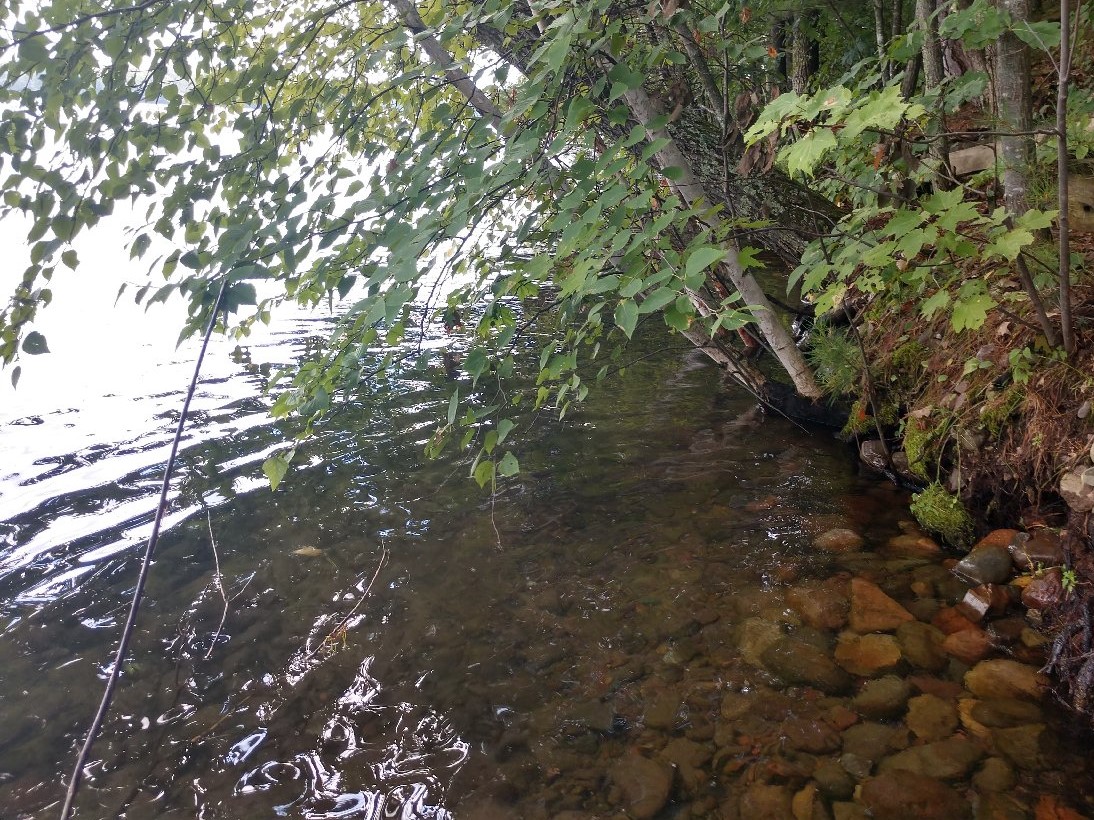By Kathy Bartilson, WCLRA
Throughout the summer of 2020, residents in Washburn County were concerned about high water on local lakes. Some lakes approached or reached record high levels this year and high water was been reported from Twin Lakes, Spider Lake, and Stone Lake, to name a few.
While we are very thankful for plentiful rain for our gardens and crops, higher water impacts our lakes and rivers, and people living and recreating on them. Water quality can change in high water, but whether it makes it better or worse can depend on each lake or river itself, and how high the water gets. Higher water can cause larger waves from wind, boat wakes and personal watercraft. When the waves hit the shore, the damage to river banks, lake shores, and lawns poses real threats to water quality through soil erosion and nitrogen and phosphorus inputs to the water.
When the water rises onto natural shore areas and lawns, residue of lawn fertilizers and other chemicals can be picked up. Shoreline vegetation that prefers “dry feet” can die-off from being inundated, leaving bare soil open to erosion. Fertile lawn soils, leaves, and grass clippings washed directly into the lake or river add phosphorus, nitrogen, turbidity, and other contaminants to the water. Unchecked erosion over time can even threaten bank integrity and lead to property damage.
In extreme cases, high water levels can also threaten public health. Private wells, buried water and wastewater lines, and septic systems (especially drainfields), can become inundated, causing concern for safe drinking water and proper filtering and absorption in septic systems.
Help protect shoreline
Allowing unmowed native vegetation to grow along the shoreline, eliminates the need for fertilizer, and protects the shoreline from erosion. Many native species can tolerate alternating wet and dry soil conditions. A “buffer zone” of flowers, native grasses, shrubs and trees, along with native aquatic plants along the shore, helps protect the shoreline from wave energy, provides habitat for wildlife and fish, and filters rain and runoff flowing toward the water. For great information on establishing shoreline buffers and other best practices (including funding options), check out the Wisconsin Healthy Lakes website.
Be more aware when boating
Recreation during high water calls for special caution and courtesy. Boat wakes can reach farther up onto the shoreline causing erosion and property damage in areas not normally reached by the water. The U.S. Boat Owners Association advises allowing extra time for your fishing trip and driving watercraft slowly and farther from shore. In addition, avoid repetitive routes, which can send wakes slamming into the same sections of shore. Avoid close passes to other boats and allow extra space when following other watercraft. High water can also hide obstacles like rocks and logs that are normally visible. Using care to watch for these hazards can prevent serious mishaps on both lakes and rivers, making water sports safer for the participants and for the shoreline.
Wisconsin law requires that boats operate at slow-no wake speeds within 100 feet of shore, as well as within 100 feet of a dock, raft, pier, or buoyed restricted area. This law protecting lakeshore was signed right here in Washburn County at Totogatic Park in July of 2009, when the Totogatic River was also designated a State Wild River by former Governor Jim Doyle.
Further, personal watercraft must be operated at slow-no wake speeds within 200 feet of shore and within 100 feet of any other boat. Since the “shore” or “waterline” is closer to buildings and lawns in high water, it’s probably good to add even more feet to these margins. It’s also a good idea to get a mental picture of how far 100 feet and 200 feet are on the water as these distances can be hard to judge. Some Washburn County lakes restrict speeds in whole or in part. Boaters should inform themselves of local practices and ordinances.







